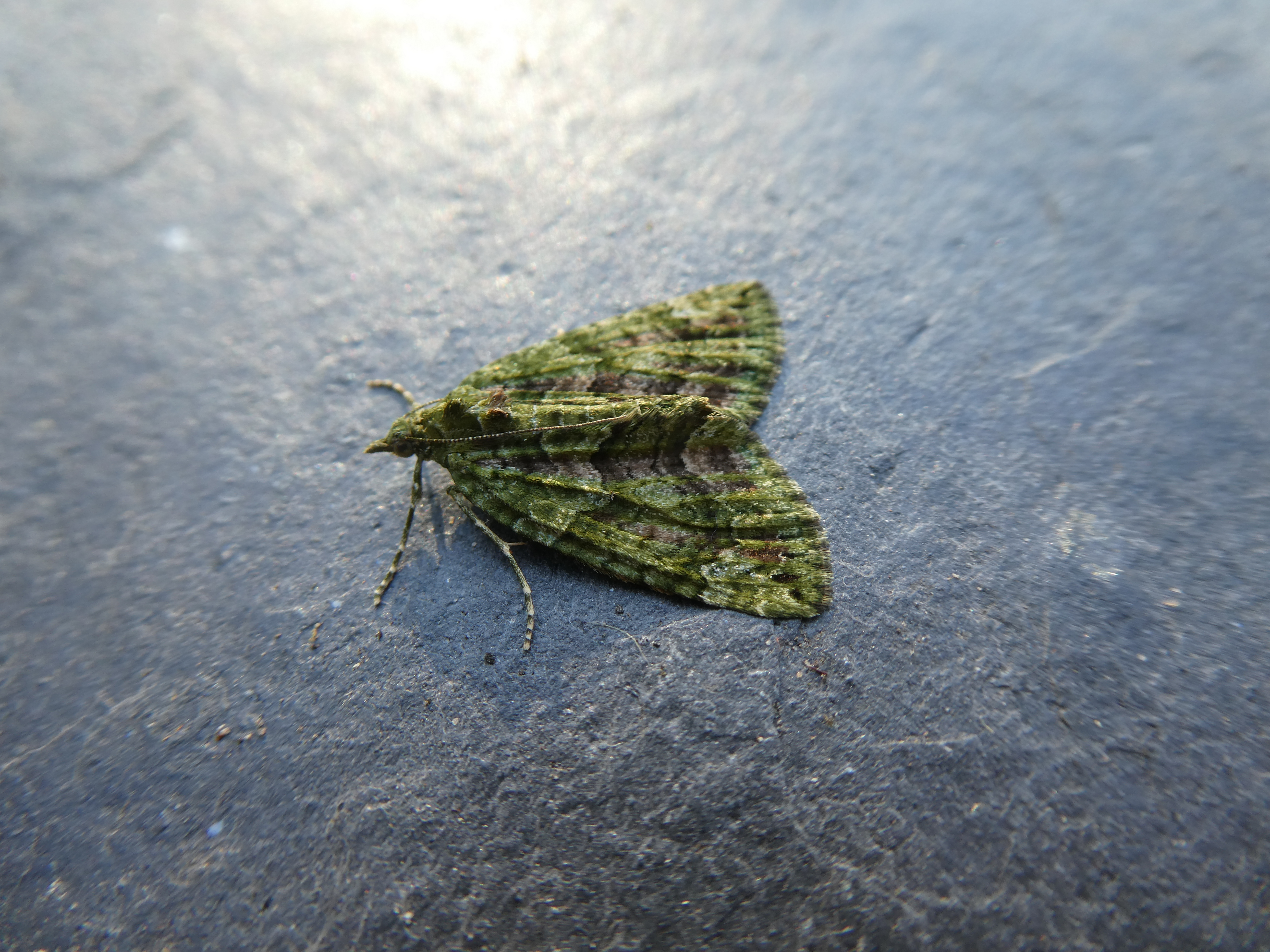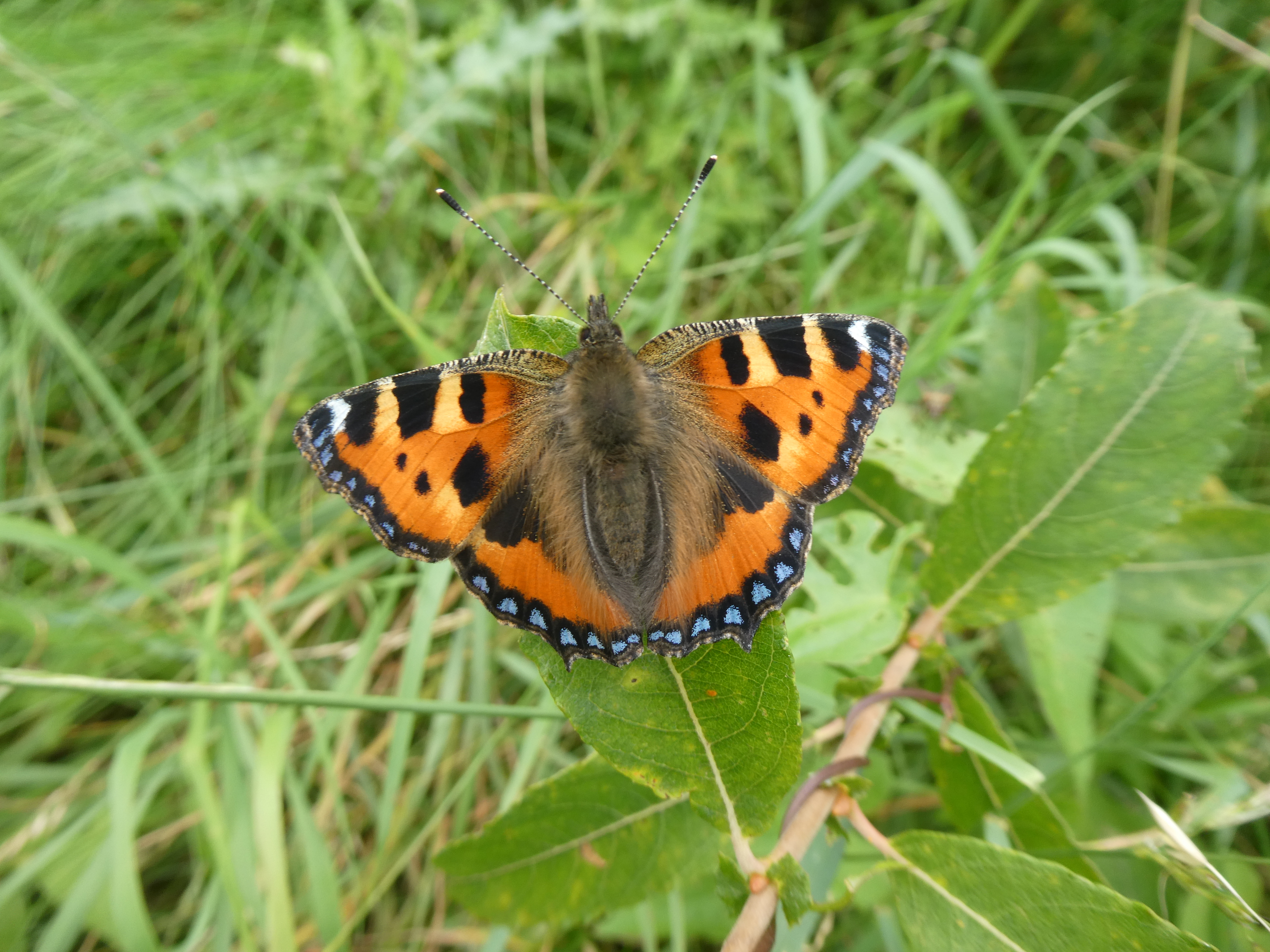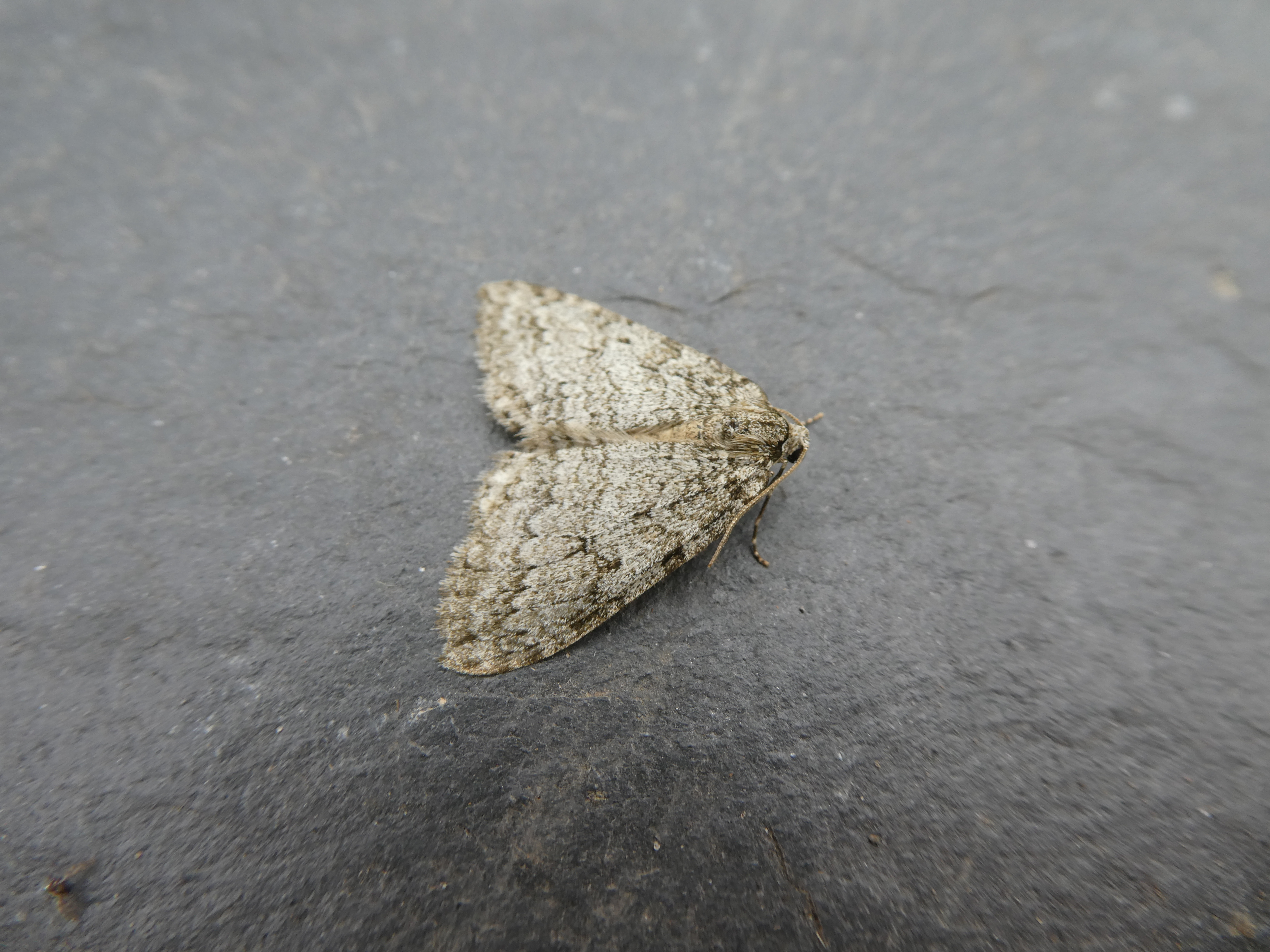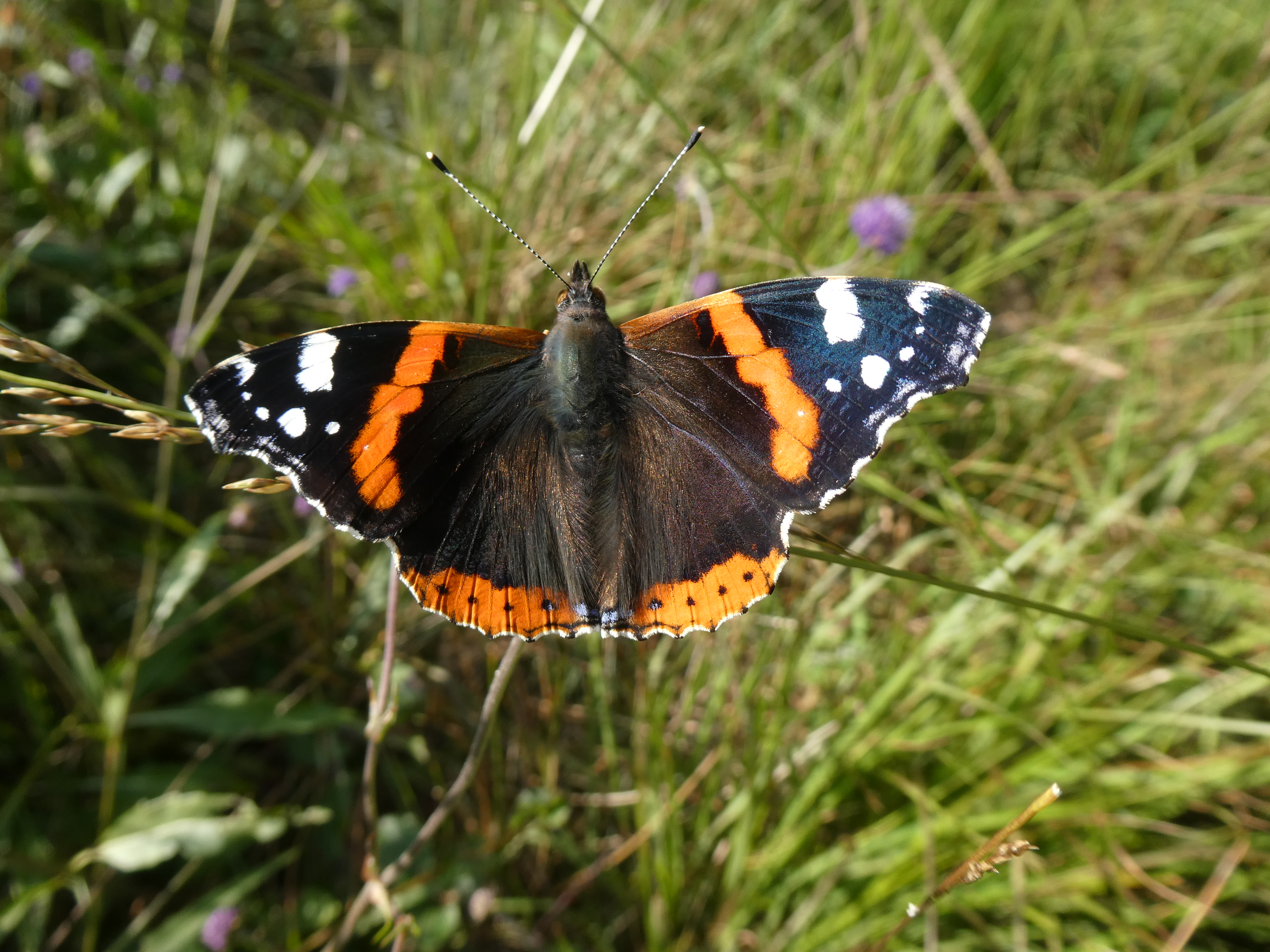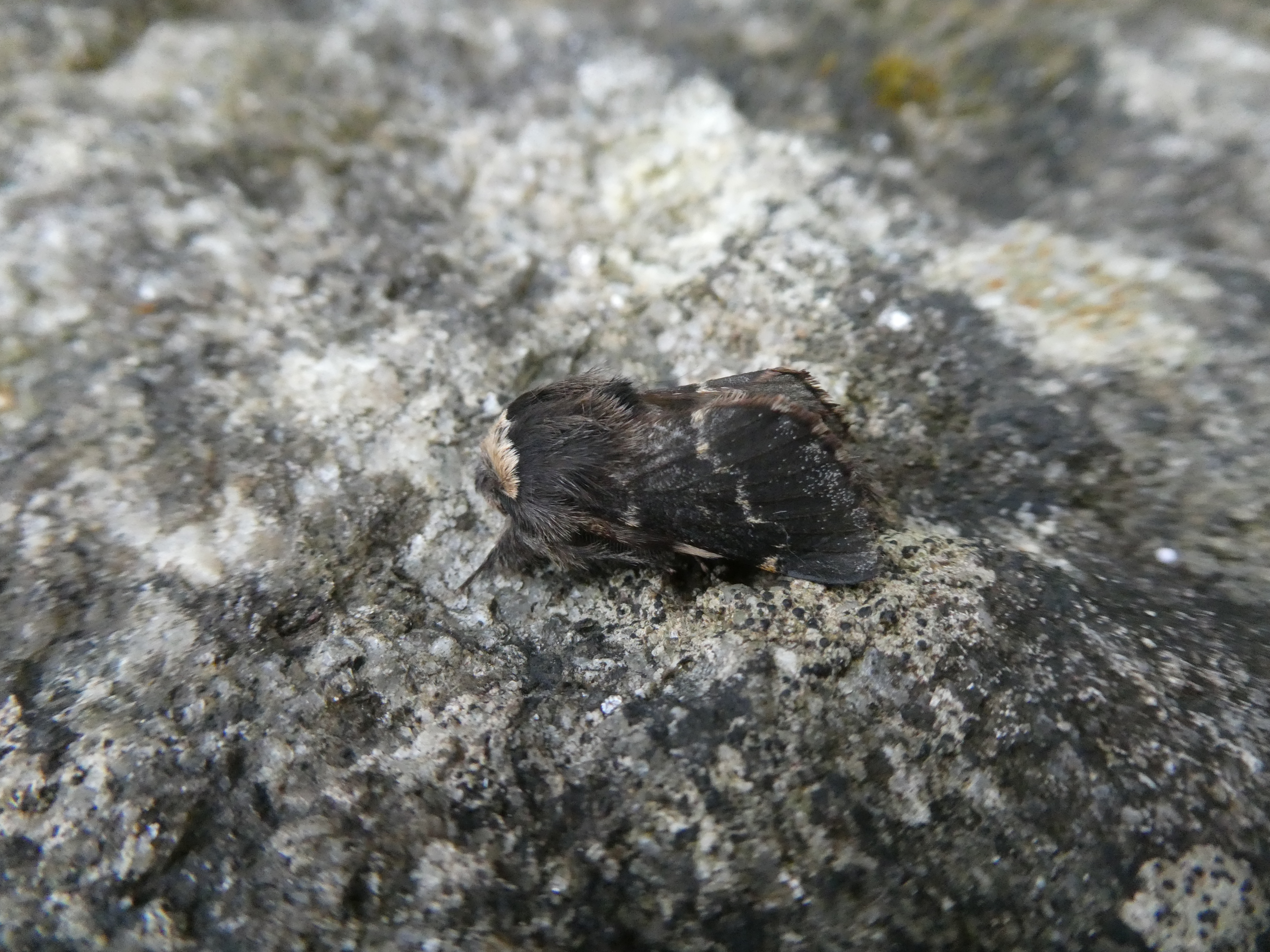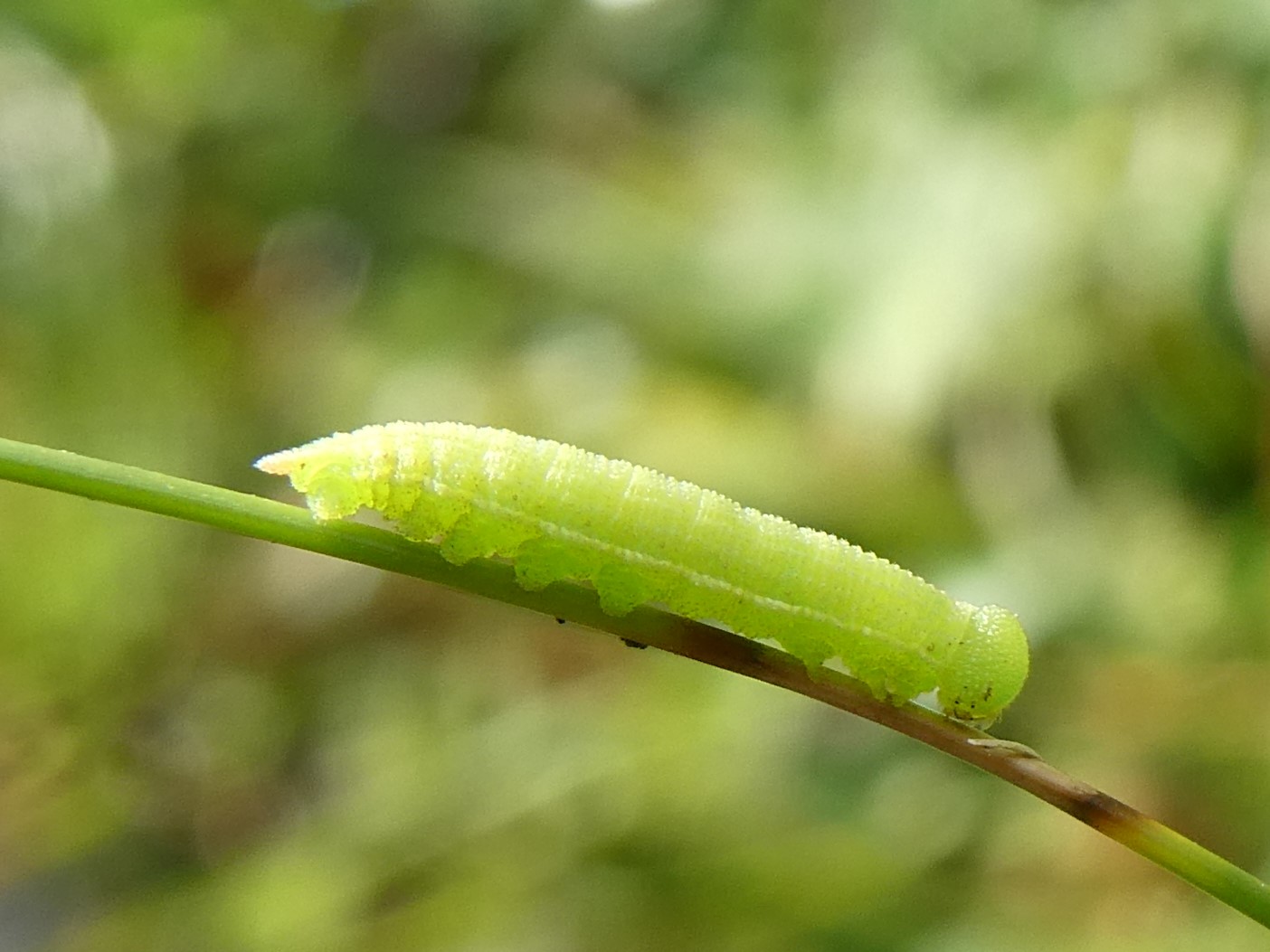The clocks have moved back an hour, sounding the death knell for Irish summertime. In truth, the summer left us some time ago. Time: the indefinite continued progress of existence and events in the past, present, and future regarded as a whole.
One of time’s markers is the appearance of the species of butterfly and moth because each species has its slot or slots in the year. For those on intimate terms with our species flight times, we can mark the seasons according to the emergence of butterflies and moths. Sometimes we are surprised. Every so often, we see a species when we shouldn’t.
In February, statistically our coldest month of the year, we don’t expect to see Brimstone butterflies. On 25th February 2019, Pat Wyse recorded nine Brimstone butterflies in Lullymore and Lullybeg, in County Kildare. We had an unusually balmy week and Brimstones woke early. But they looked out of place. Their breeding plants were not ready. Luckily, early dandelions provided nectar. Other records of early butterfly sightings flooded in.
The early opening to the Brimstone flight season did not do the butterfly any harm judging from the large generation that flew later in the year.
However, the Brimstone can appear at odd times because it exists as an adult butterfly for most of the year. In fact, it can be seen in any month, although it is abundant mainly in April/May and August. But to see it in February is very unusual and requires unusually warm, sunny weather.
The year 2020 had early emergence dates for spring butterflies but afterwards the weather dipped, giving us more typical flight times for summer and autumn flyers. We are having a mild autumn and there are still butterflies and moths flying.
The Comma is still on the wing and is feeding on ivy blooms and late flowers in gardens. At this time of year, it will spend long periods basking on warm, dry surfaces, such as bare earth, tracks, tree trunks and garden decking. Stephen Lawlor has sent in the lovely photo of a Comma basking in his garden. It looks especially beautiful in autumn sunlight-when seen in the flesh, it has an incredible glow, a stirring warmth to excite the eye.
The odd Small Tortoiseshell is being seen. George McDermott has seen the species in Donegal, taking nectar on late-flowering Perennial Wallflower ‘Erysimum Bowles Mauve’. A few Red Admirals are still out there; indeed, they are still breeding in Howth, County Dublin, where Frank Smyth keeps a close watch on their development over the colder months of the year.
Last night I saw my first December moth of this season, a male twitching his feather antennae under an outdoor light. Usually, I see this moth later, at the end of November and during December. Check under outdoor lights during mild nights for this species.
The lovely Red-green Carpet is flying now, but you really need a light trap to attract this species. The moth mates in autumn but males die, with the mated females entering hibernation. At this stage, the moths feed on ivy flowers. When the females wake in spring, they feed on sallow catkins. They will lay their eggs on birch, lime, oaks and other trees and shrubs.
The well-named November moth is flying too-a cryptic grey moth flecked with black. Yellow-line Quakers, also requiring light traps to be found, also occur during November; again ivy flowers are used for feeding. These two species leave their eggs behind before the adults die. The eggs of both species are laid on native trees such as oak, birch, hazel, hawthorn and others.
However, these species represent a late flowering. Soon, apart from a small number of winter specialists, we must wait until spring to see the glow of butterfly wings in flight.
Start getting your garden ready for spring!

